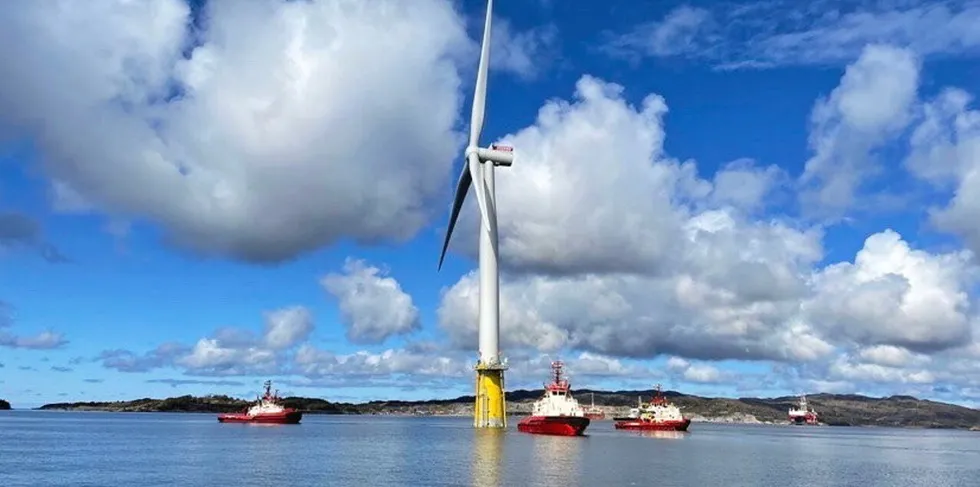'Could we be more proud? Probably not': Floating wind pioneer sets sail to power giant oil field
World's largest floating project, 88MW Hywind Tampen, being developed by Equinor to reduce emissions from Snorre-Gullfaks field off Norway, closes in on start-up and will be hugely influential – despite controversy over 'dirtifying renewables', writes Darius Snieckus
